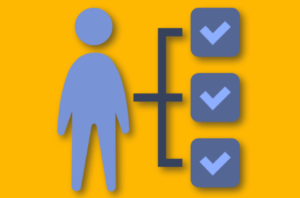How did we get here? A brief history of competency‐based higher education in the United States
 Background
Background
Competency‐based education (CBE ) programs have spread briskly in higher education over the past several years and their trajectory continues to rise. In light of the spread of competency‐based models, this article provides a brief history of CBE in the United States.
Methods
This article is based on a review of the literature of competency‐based programs in higher education and an analysis of current trends.
Findings
Competency‐based approaches have been integrated in US higher education programs for half a century, since reforms of teacher training and vocational education first established the early contours of CBE in the 1960s and 1970s. Prior to that, several developments in K‐12 education—regarding outcomes‐based learning and mastery learning—set the stage for CBE implementation in postsecondary education. The current phase of CBE development is characterized by a wide range of colleges and universities planning or implementing CBE programs, many of which are taking advantage of online or hybrid models, advances in adaptive learning technology, or direct assessment.
Conclusion
The recent increases in CBE programs can be traced to both supply‐side and demand‐side dynamics. Most of the models have been in operation less than 5 years and there remains a substantial variety of approaches, suggesting that the current phase of CBE development is transitional.







